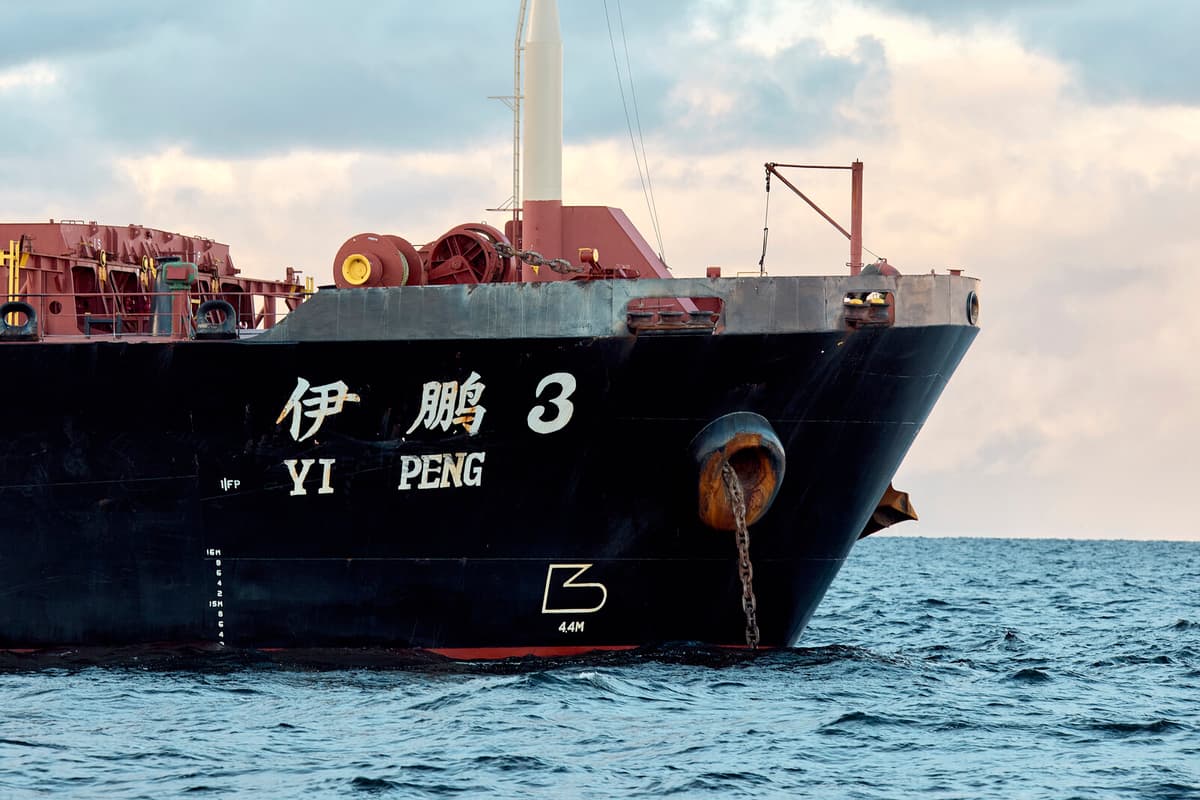The Coast Guard shadowed Yi Peng 3 for a longer period due to suspicions that the vessel had destroyed two underwater cables on the bottom of the Baltic Sea in November last year. When the vessel anchored on international waters outside Denmark, Swedish police and accident investigators were able to board.
The investigation shows that Yi Peng 3 dragged its port anchor for one and a half days, over a distance of 180 nautical miles. This is not a seaworthy behavior, but it cannot be proven that it was intentional.
Many things match an accident scenario. But it's clear that if you want to do something intentional, you'll do it in a way that avoids detection as much as possible, says Jonas Bäckstrand.
No Black Box
The investigation was complicated by the fact that Swedish personnel were only able to board the vessel a month after the cable breaks and that investigators did not have access to electronic material, such as navigation systems or the black box.
The investigation has also taken place under the leadership of the Chinese accident investigation commission, since the vessel is Chinese and anchored on international waters.
So are you sure that the crew was able to speak freely with Chinese authorities present?
No, we have spoken to some of the crew, but we have not been able to do so under the conditions we normally do.
Investigation Continues
Criminal investigations are ongoing in several countries following the cable breaks, also in Sweden. Prosecutor-General Henrik Söderman confirms to TT that the investigation is ongoing and that they will now take a stance on whether to proceed.
At least five vessels are suspected of having caused damage to underwater cables in the Baltic Sea recently, which has sparked speculation about sabotage from foreign powers.
"We take all reports of possible damage to infrastructure in the Baltic Sea very seriously. As I said earlier, they must be seen against the background of the serious security situation that prevails", wrote Prime Minister Ulf Kristersson (M) on X in February.





